In Spite of Ourselves: Approaching Documentary
Mark Adams, Louisa Afoa, Sophia Al-Maria, David Cook, Rebecca Ann Hobbs, John Lake, Darcy Lange, Jae Hoon Lee, Janet Lilo, Sarah Murphy, Walid Raad, Haruhiko Sameshima, Ann Shelton, Shigeru Takato, Luke Willis Thompson, Vandy Rattana, Ans Westra.
Curated by Fiona Amundsen, Dieneke Jansen and Vera Mey
25 May 2012 - 29 June 2012
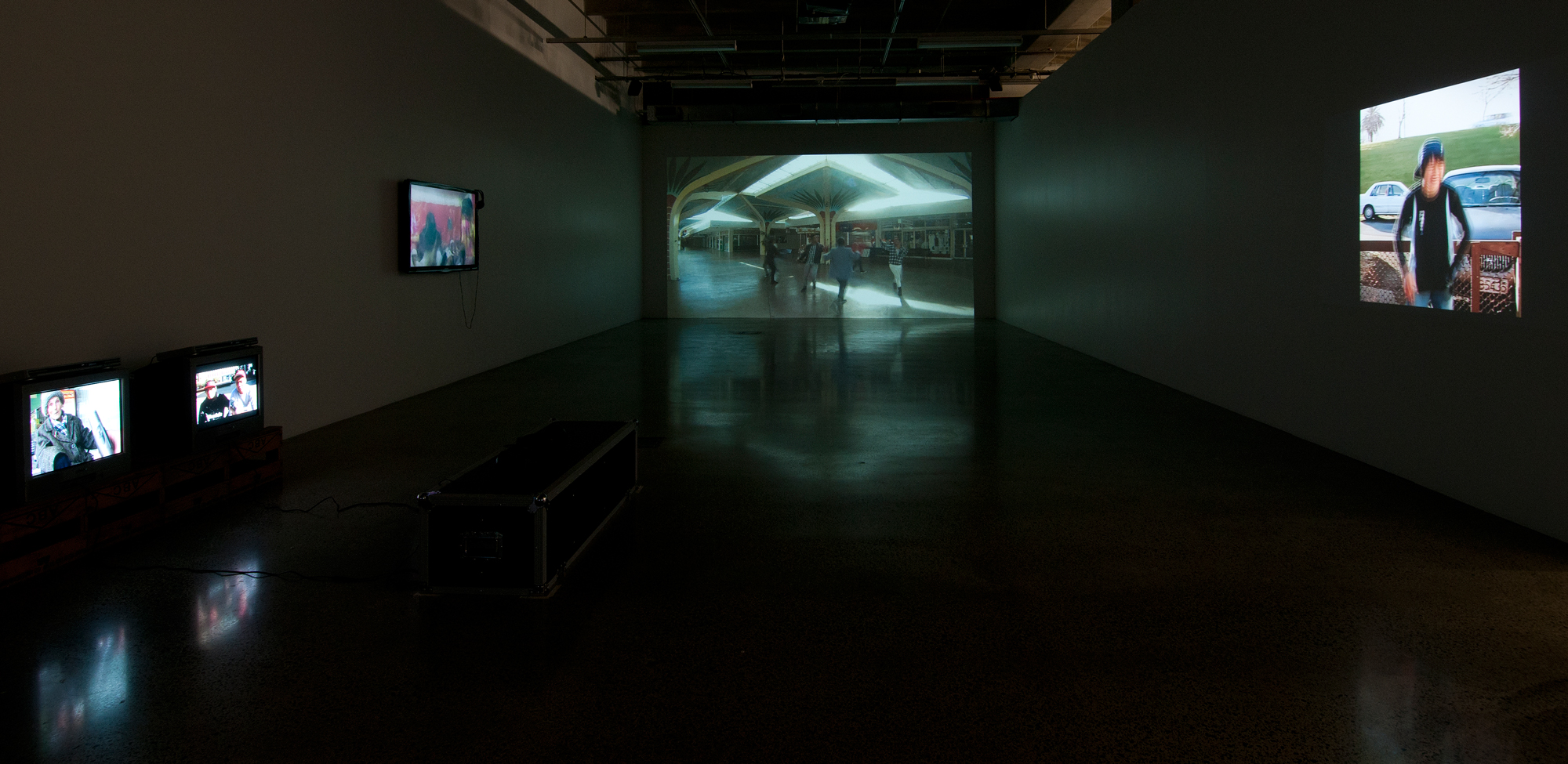
In Spite of Ourselves: Approaching Documentary, installation view, 2012
Taking Ans Westra’s iconic and controversial images from Washday at the Pa (1964) as an initial point to think about representation, the exhibition In Spite of Ourselves: Approaching Documentary offers new ways to read, understand and interpret documentary practices through a historical and contemporary focus. Westra is perhaps most well known for her controversial Washday at the Pa, a Department of Education primary school journal which attempted to describe a day in the life of a rural Māori family. The book was eventually withdrawn following criticism by the Māori Womens’ Welfare League who claimed the content was both inaccurate and essentialising.
The three generations represented by the co-curators of the exhibition demonstrate different schools of thought in regards to the politics of representation. Going beyond the documentary photograph as a microcosm for these politics, this exhibition also looks at artists who engage with moving image, object based work and sound reflecting the diverging concerns, formats and methodologies of documentary practices.
In Spite of Ourselves employs a range of artistic strategies to investigate the ranging and changing notion of documentary, document, documenter and documented. Experimental film maker Darcy Lange’s durational studies on workers, A Documentation of Calverton and Pleasley Coalmining Communities, Nottingham, UK (1973) are positioned with a more local rural history through David Cook’s Lake of Coal series (initiated in 1984) which documents over thirty two years the demise of the Rotowaro community due to this industry.
Recontextualising established practitioners works with more emerging practices allows for a re-invigorated comparison and discussion of the changing methodologies and concerns around the document. The notion of distance within the document is amplified through the relationships formed around the documenter and documented. Given the location of this exhibition supposedly on the edge of the world, affectionately known as ‘the antipodes’, this idea of distance is heightened with an increasing reliance on documentary as a form with which to bridge and emphasise positioning. Despite this distance, a newer generation of artists relate to the document as a tool in which to connect to the global. A youtube video by Sophia Al-Maria made for artist/musician Fatima Al Qadiri, How Can I Resist U (2011), of found clips including twerking Ma’alaya dancers is put in conversation with Walid Raad’s Hostage: The Bachar Tapes (English Version) (2001) demonstrating the ambiguities around narrative, account and translation. These play in tandem with Rebecca Ann Hobbs' Mangere Mall (2011) which documents Waikato based dance crew VOGUE waacking within an open air mall in Mangere, South Auckland.
Although using documentary can be understood as a format to convey memory, information and history, the problematics of the demands of the image is expressed through the series Bomb Ponds (2009) by Vandy Rattana and Our Elusive Cosmos (2008) by Shigeru Takato. Takato’s landscapes follow sites that have been linked to mid-twentieth century space exploration such as film locations, or testing grounds used by NASA. While these images are inexplicably rooted to the earth they also imagine a world beyond this one. Vandy’s series depict the now tranquil Khmer rural landscape marred by bombs dropped by the U.S Military during the Vietnam War. Aside from the titles of both series, their content is ungiving towards these loaded histories showing the limitations of the document and a documentary practice in conveying the complexity of such histories.
In Spite of Ourselves questions how a lens-based practice can produce an encounter that ruptures representational subjectivities, whilst also asking how a documentary practice challenges systems of knowledge, and provokes thought, in a manner that goes beyond a simple power-play reversal based on who can represent who.
The exhibition critiques aspects of the dominant rhetoric associated with documentary practice, namely the ‘politics of lens based representation’. Rather than focusing on the limits of documentary as inherently biased and politically dodgy, the exhibition resists conventional thinking that presumes representation as a pre-given non-negotiable fixed system and offers a new way to understand and interpret documentary practices.
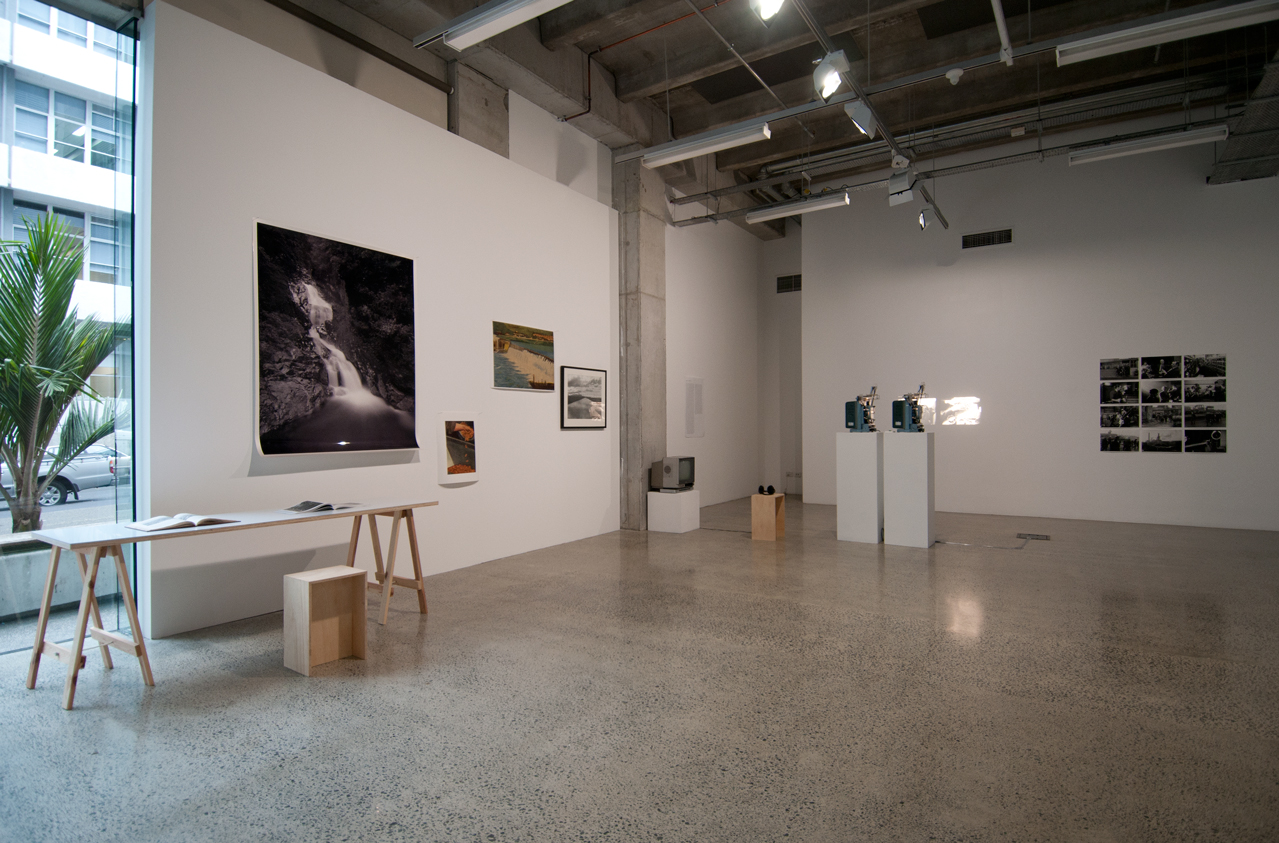
In Spite of Ourselves: Approaching Documentary, installation view, 2012
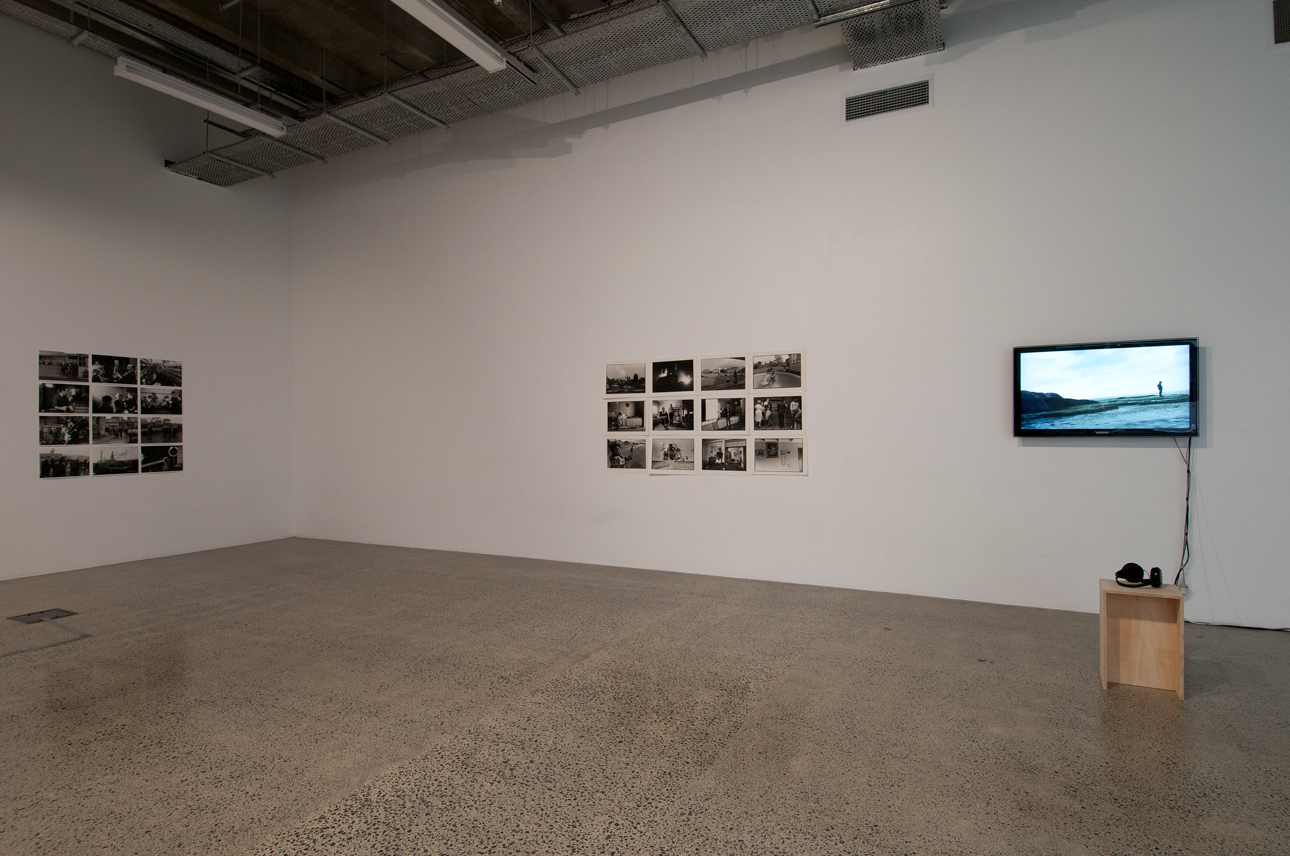
In Spite of Ourselves: Approaching Documentary, installation view, 2012
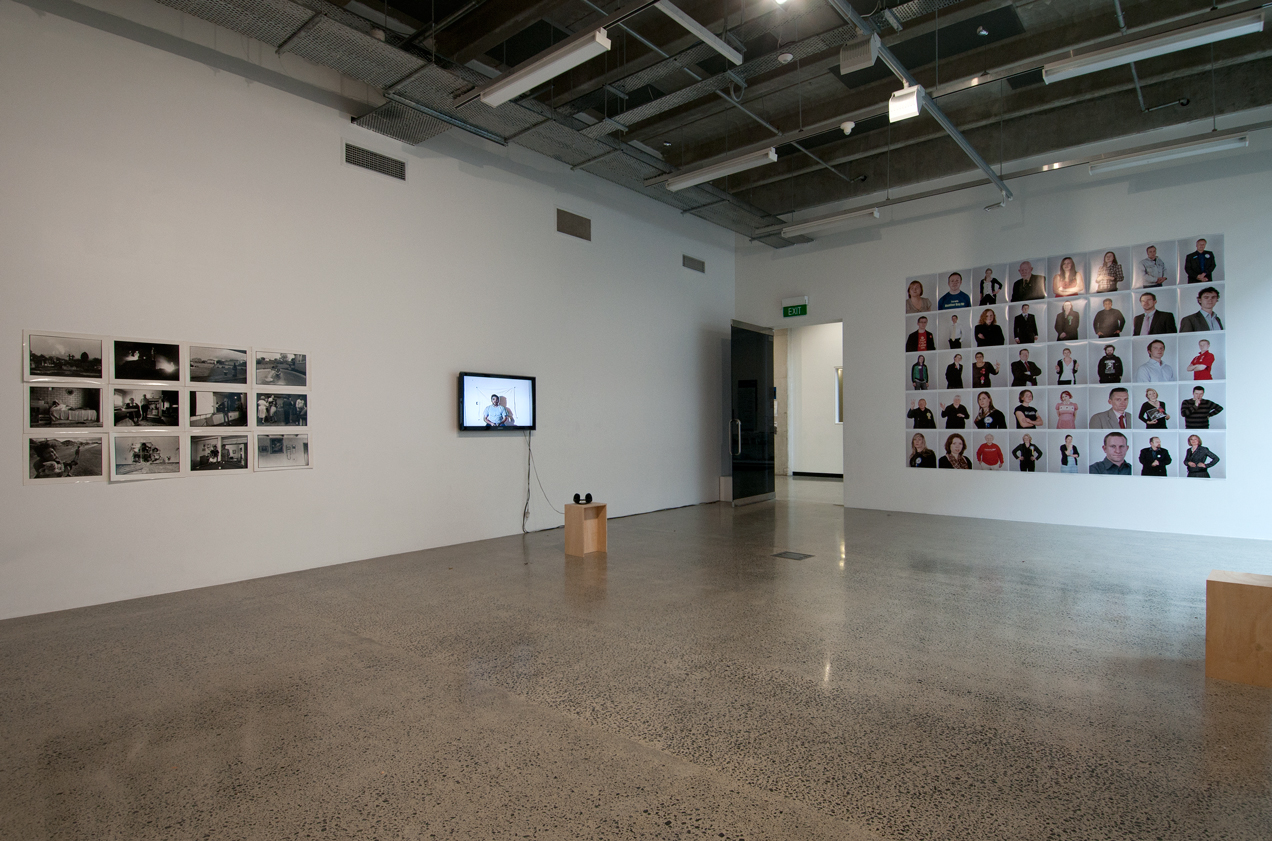
In Spite of Ourselves: Approaching Documentary, installation view, 2012
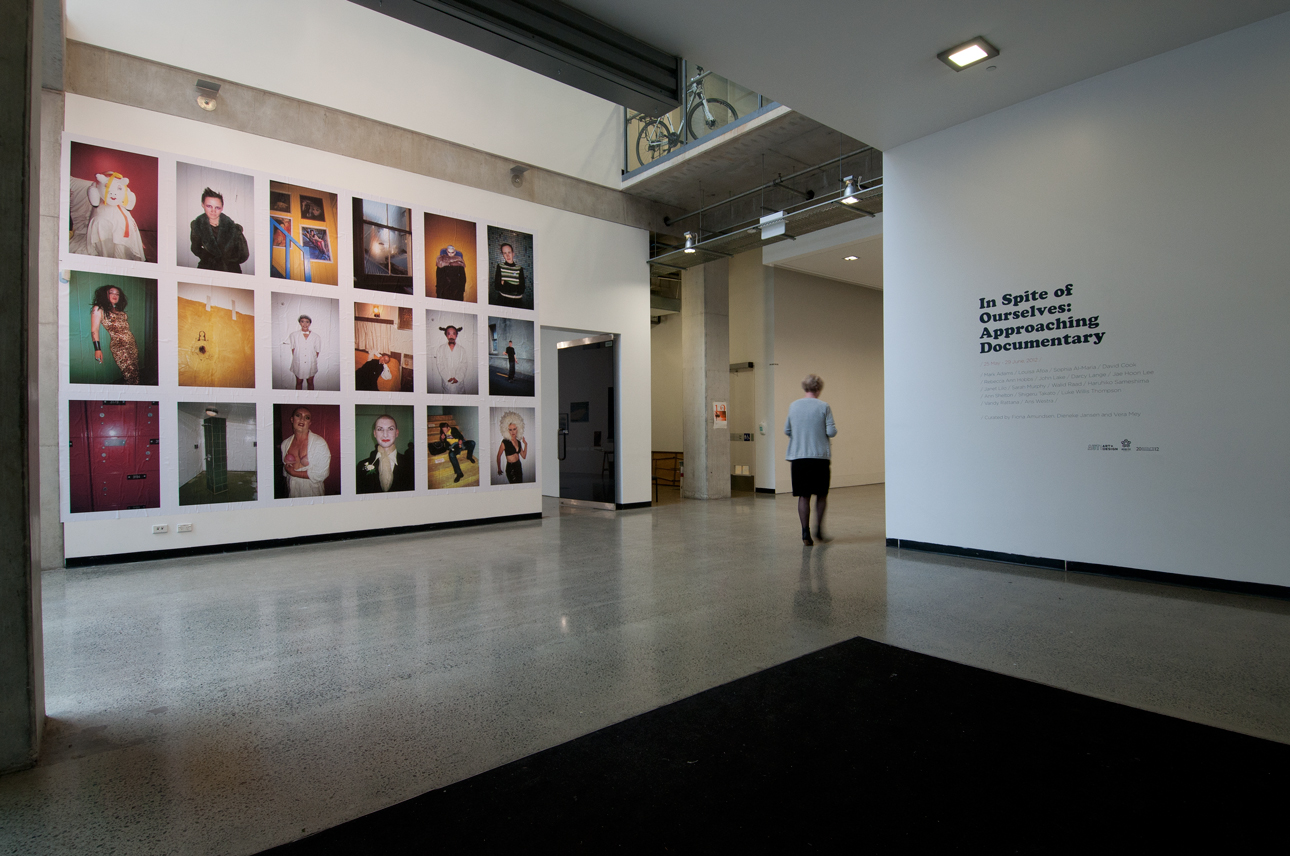
In Spite of Ourselves: Approaching Documentary, installation view, 2012
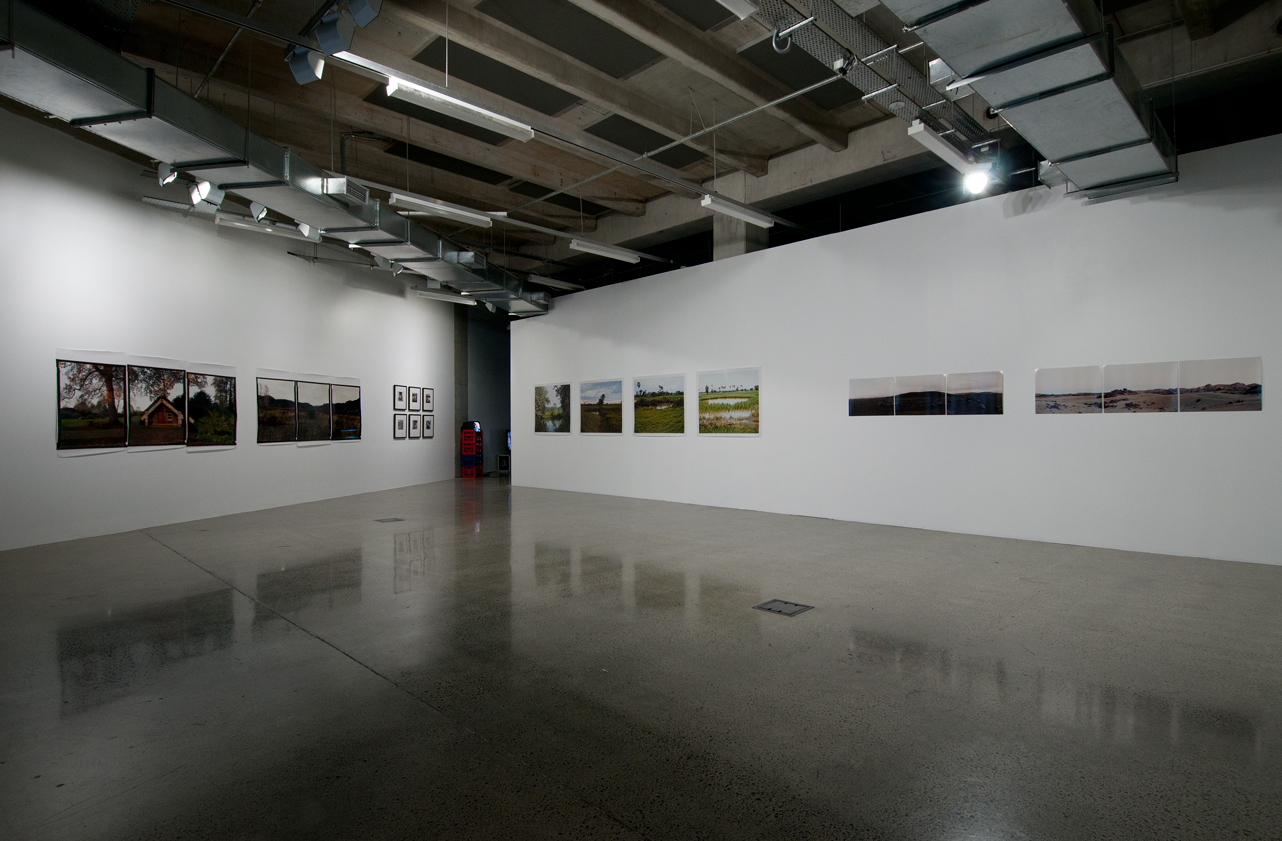
In Spite of Ourselves: Approaching Documentary, installation view, 2012
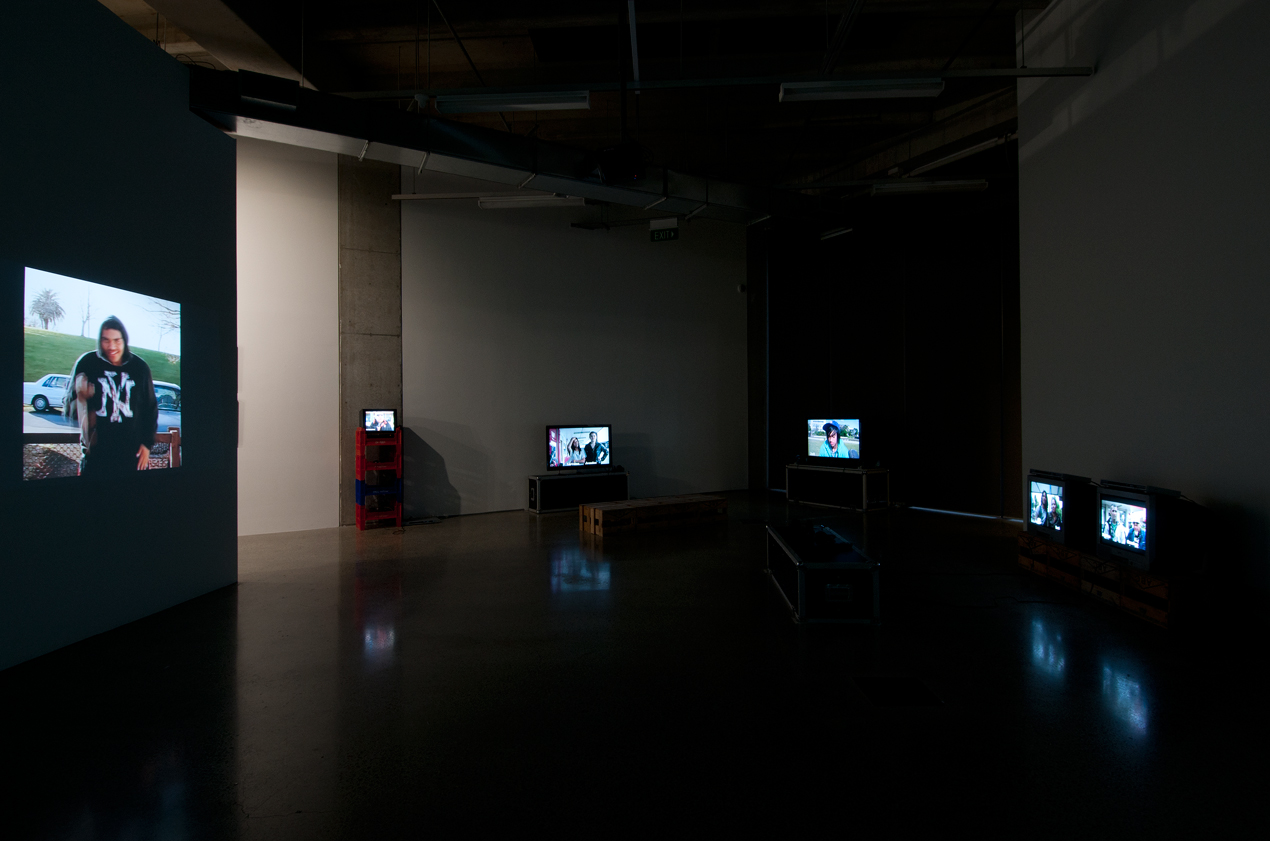
In Spite of Ourselves: Approaching Documentary, installation view, 2012